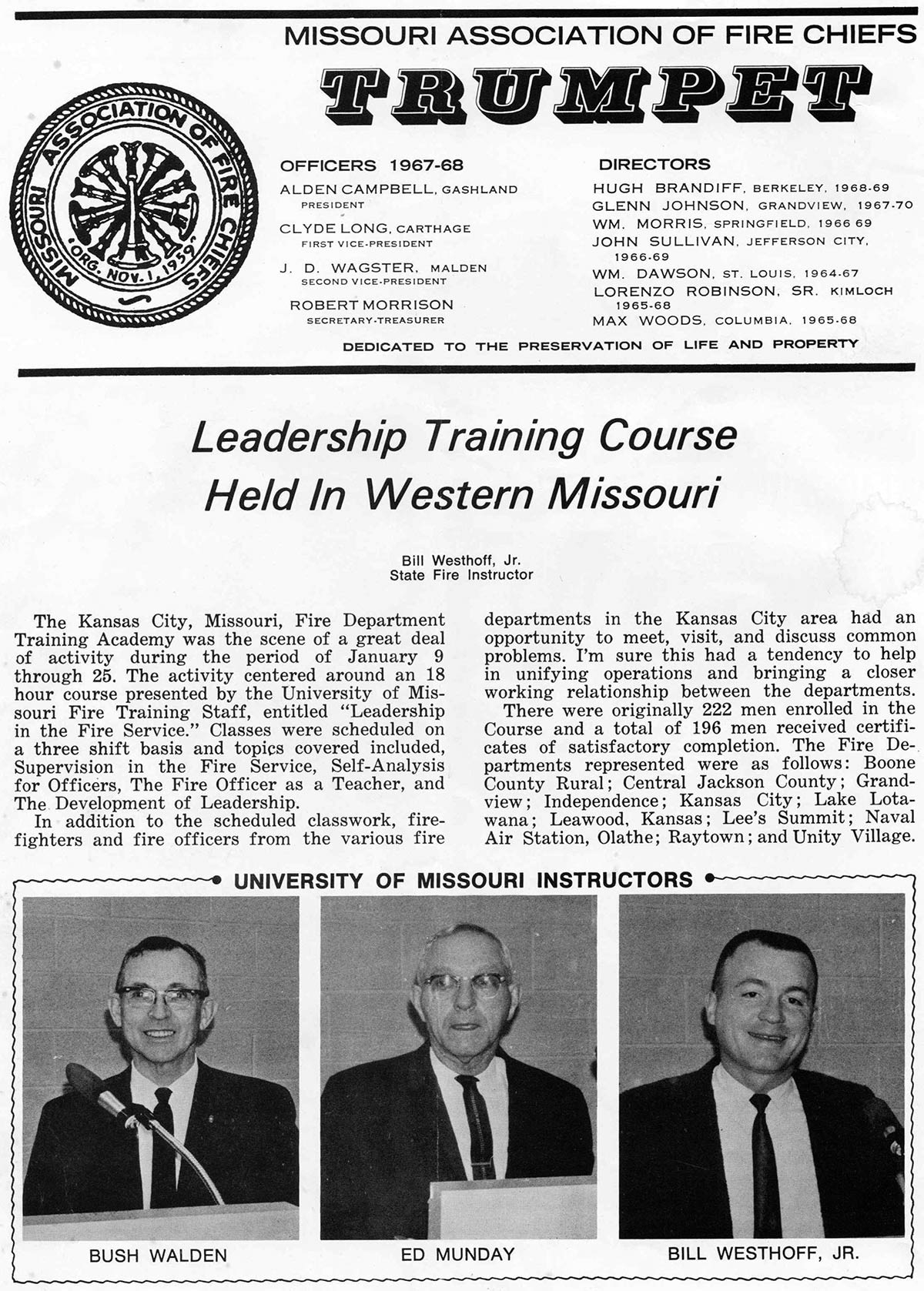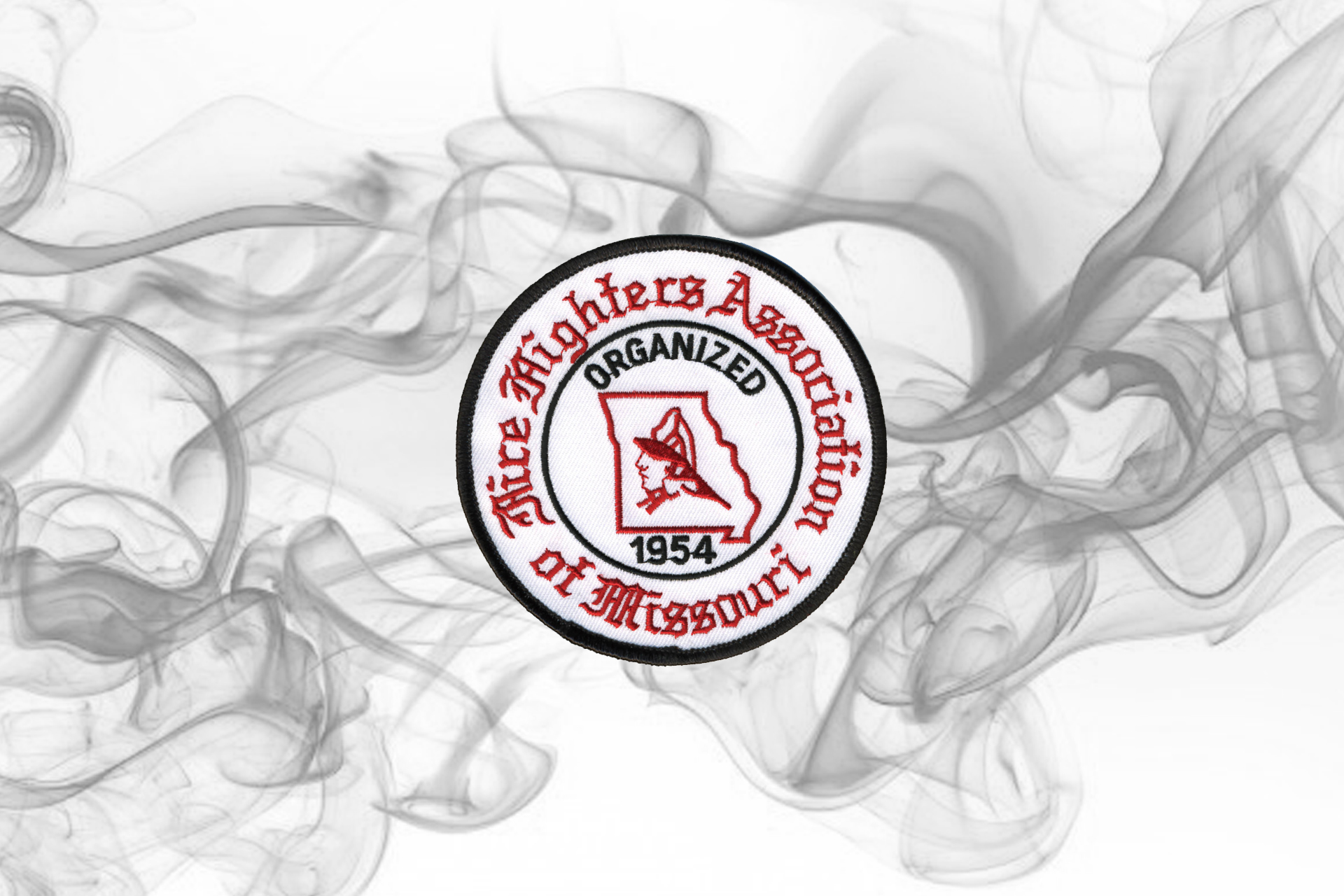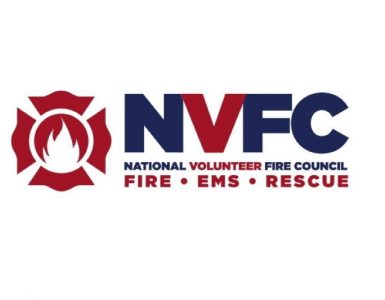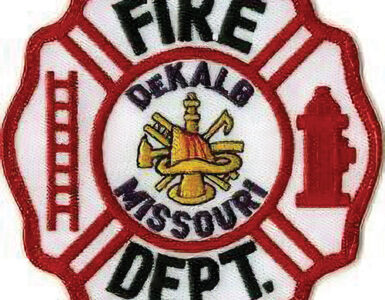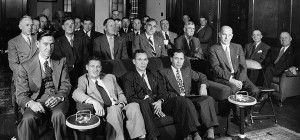
The title I have chosen for this article is not really very accurate. The men featured in it had no idea there would ever be an institute for fire and rescue training at the University of Missouri. Actually, there were a number of years when I was the director and I didn’t think I would ever see it either! The lack of that title did not reduce the passion these early warriors had to travel thousands of miles and burn lots of midnight oil to bring training to the firefighters of Missouri.
The true story of organized training for the state actually started in 1933, with the presentation of the Missouri Central Fire School. This program was sponsored by the University of Missouri and conducted with the assistance of several local fire departments, including Columbia, the chief of the Columbia Fire Department at the time was Tom Walden and he took great pride in his ladder raising drill team.
Several other states were presenting annual “Fire College” programs around this same time. The University of Illinois was the first state to present such a statewide effort.
In 1941, the Missouri State Department of Vocational Education created a Fire Instructor position and hired a young aggressive firefighter from the Columbia for the position. His name was Bush Walden, Chief Tom Walden’s brother. In 1944, the Missouri Inspection Bureau took over the responsibility of training and Bush moved to that group with the program shift.
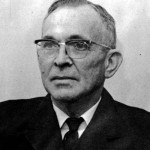
W. BUSH WALDEN
After several years of traveling the state for the vocational education and the Missouri Inspection Bureau, Bush was hired by the University of Missouri to continue fire training efforts around the state. The official notice of board action from the Board of Curators of the University of Missouri states that he was appointed to the position of University Fire Instructor, Adult Education and Extension Services effective August 1, 1947. His starting salary was $4,000 a year and the appointment ran till June 30, 1948. The official board document also stated that the appointment was subject to rules, orders and regulations of the board of curators as your services may be necessary and satisfactory and as the finances of the university may permit. I guess the finances of the university permitted for quite some time because Bush retired in 1973.
I was hired by the University in 1963 at a salary of $7,200 annually and worked for Bush for the ten years before he retired. He was a kind and gentle boss and the most understanding man I have known, with the exception of my own father. Even after he retired he remained active in the fire service, serving as the president of the board of directors of the Boone County Fire Protection District. I could fill a book with stories about this young aggressive college book learned fire instructor from O’Fallon and the number of times Bush got him out of some of the jams he got himself into on the road. His choice statement to me was usually “now, did you learn anything from this experience?” Believe me, I learned a lot from him and respected him because he was a true gentleman.
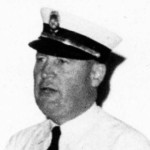
J.I. (JOSEPH) FETTERS
Joe Fetters came on the scene of fire training in Missouri around the same time as Bush Walden. He worked for the Nebraska State Department of Vocational Education from 1947 till 1949 and came on to the Missouri fire training scene in the early 1950’s. He is the only person in this article that I did not know. I do know that he appeared on the program of the Illinois Fire College, along with Ed Munday, the Director of the Kansas University Firemanship Education Program on April 1, 1954. His title on that program was Firemanship Instructor Assistant, University of Missouri. He also was on the program in Illinois in 1955, presenting a paper and a demonstration on The Indirect Application of Fog Streams and Covering Exposures. Apparently Illinois was really impressed with him because he is listed in later years as being the Director Emeritus of the University of Illinois Fire College.
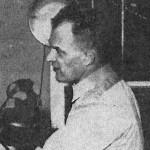
WESLEY G. STAPLETON
Wes Stapleton was a state fire instructor with the University of Missouri and came to the program from military fire experience. He had been a fire chief in Korea and a number of other areas around the world when Bush hired him and was with the program for a number of years. At that point in history, the staff of Firemanship Education consisted of Bush, Wes and one clerical person, Goldie Havens. With the exception of summer fire school, most of the classes were done on a circuit. The instructor would leave Columbia on Monday and return on Friday morning. In that four-day period, he would have taught the same class in four different communities, all 7:00 a.m. to 10:00 p.m. The following week, the same four communities, following that routine for a month.
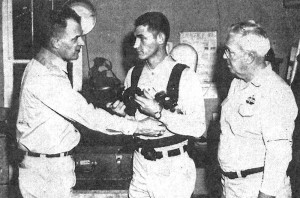
It was at one of those classes that I met Wes Stapleton. He was an impressive instructor with a foghorn voice. He came to O’Fallon to teach a class and I was out of high school and had attended MU for a year but had no idea what I was going to do with my life. I was driving a concrete truck to make money over the summer but was not sure I would return to MU.
Stapleton suggested that I look into a fire program at Oklahoma State University and the rest is history. I have always been grateful for that advise since it was the foundation for what I have done for the remainder of my life. Later, I was also grateful when he left employment with the University in 1965. His departure created the opening in fire service training that I filled. I had been hired in 1963 as an instructor in civil defense training with the intention of a transfer to fire training when the opportunity presented itself.
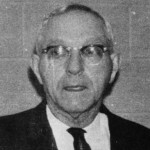
ED MUNDAY
Throughout your life, people have brief encounters with other folks, thinking you will never see them again. Such was the case with my first experience with Ed Munday.
I was a student at Oklahoma State University and working for the Stillwater Fire Department as a “part paid” student firefighter in the summer of 1959. It was one of those great July, Oklahoma evenings about dusk when the temperature was around 100 degrees and the wind was blowing like crazy. Several of us were sitting in front of the Campus Fire Station and Fire Chief Max Perry pulled up in front of the fire station in his Plymouth station wagon fire chiefs vehicle. The IFSTA manual revision conference was taking place on the campus and he directed me to take his car and go to Perry, Oklahoma to the train station and pick up the fire training director from Kansas, who was coming in on the train. This was a great assignment for a twenty-year-old student. Driving the fire chiefs car to another town was a treat but picking up a dignitary was even more impressive. The director of the KU Firemanship Education program turned out to be Ed Munday.
Several years later Director Walden somehow convinced the administration of MU that we needed a third body in the staff and he convinced Ed to come to work with us. Ed had been a Chief officer in Fire District Two in Johnson County Kansas and by this time had been the Director of the KU program for many years. By his own admission, he was looking for a more simple life and he loved to work with small fire departments on a one on one basis. I’m sure that Bush was also looking for a little maturity in the staff since has had been dealing with me for several years before Ed came along!
Ed was a great addition to our staff and I loved working with him. He had lots of experience and lots of stories and he enjoyed telling them. He was a religious man and when he traveled he would always leave a religious card rather than money for a tip for wait staff at restaurants. I, on the other had, was a single, young dude who was always attempting to impress the waitress. It goes without saying that those two concepts did not work well at the same table.
Ed also loved pumps. He carried a toolbox with him on the road. It was not at all unusual to find him in some small town the morning after the first evening of class on a creeper under a pumper doing maintenance on the rig to make it function better. He worked with us until he became ill and passed away. He was an honest and loving man and provided a real service to both Kansas and Missouri.
THE FOUNDATION
It has been said that a structure is as good as its foundation. In my judgment, these people, and the others who assisted them throughout the state, were the foundation for our present day institute. Their passion for the fire service and their interest in life safety gave the present day emergency service personnel the road map to follow. The dedicated efforts of these initial members of the program along with the support of the state’s fire service created a legacy of an effective statewide fire training program. All of us today have the responsibility to carry on the mission of the institute, and continue the training of safe, competent firefighters to protect the citizens of Missouri and beyond.


